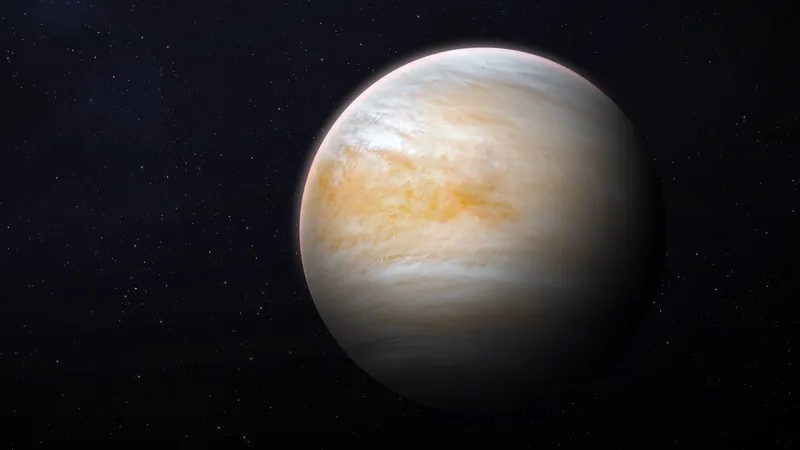
Did a Mars-Sized Impact Shape Venus into Its Mysterious Form?
2025-08-31
Author: Amelia
Unraveling Venus: Earth's Enigmatic Twin
Often dubbed Earth's evil twin, Venus is a planet shrouded in mystery, sharing similarities in size, mass, and composition with our home planet. Yet, it turned out to be incredibly unique—and not in a good way. With surface temperatures hot enough to melt lead and clouds that rain sulfuric acid, Venus faces atmospheric pressures that could crush any lander. What truly makes it eerie is its peculiar rotation: spinning backwards and taking longer to complete a day than a year. Plus, it has no moons, raising questions about its history.
The Crater Conundrum
Unlike Earth and Mars, whose surfaces show a patchwork of craters telling tales of past collisions, Venus boasts surprisingly few of these signs. Geological history seems wiped clean, hinting at massive volcanic activities that smoothed its surface over hundreds of millions of years. What caused this reset? Enter a groundbreaking study from the University of Zurich, led by Mirco Bussmann, investigating the possibility that Venus was struck by an object the size of Mars.
Simulating a Cosmic Smash-Up
Imagine witnessing an extraordinary cosmic event—a Mars-sized body crashing into Venus. This vivid scenario was simulated by Bussmann and his research team using a technique called Smooth Particle Hydrodynamics (SPH). This method models planets as a congregation of particles, allowing scientists to observe the dynamics of collisions: how materials might flow, melt, or disperse in the aftermath.
The Anatomy of Venus's Collision
In this digital experiment, Venus contained an iron core constituting about 30% of its mass, shielded by a silicate mantle making up the remaining 70%. The researchers tested impactors of various sizes, from 0.01 to 0.1 times the mass of Earth, at velocities ranging from 10 to 15 kilometers per second. By altering the initial rotation and thermal conditions, they recreated plausible scenarios of Venus's early history.
The Findings: A New Explanation for Venus's Peculiarities
The results unveiled shocking insights into Venus's rotation and its moon-less existence. A major impact could address two of the planet's intriguing mysteries: its slow, retrograde spin and lack of a moon. The simulations revealed that various collision scenarios—from direct hits to grazing impacts—can explain Venus's current state. Crucially, these high-energy impacts may not produce a debris disk capable of forming a moon, indicating that most materials would simply fall back into the planet's hostile environment.
The Heat of the Moment
Furthermore, the study suggests that if a Mars-sized body had collided with Venus during its formative years, the consequences would have been monumental. The impact could have introduced enormous heat into Venus's interior, sparking disruptions in its mantle and halting plate tectonics, setting the stage for widespread volcanic resurfacing. This intense thermal upheaval might just explain why Venus, despite its old age, exhibits a deceptively youthful geological appearance.
Conclusion: A Cosmic Collision Course
In summary, the idea that a cataclysmic event shaped Venus into the strange world we see today adds yet another layer to the planet's enigmatic existence. These findings not only deepen our understanding of Venus but also challenge our perceptions of planetary evolution within our solar system. The question remains: are we ready to explore Venus’s fiery depths, or will it forever remain an enigma?
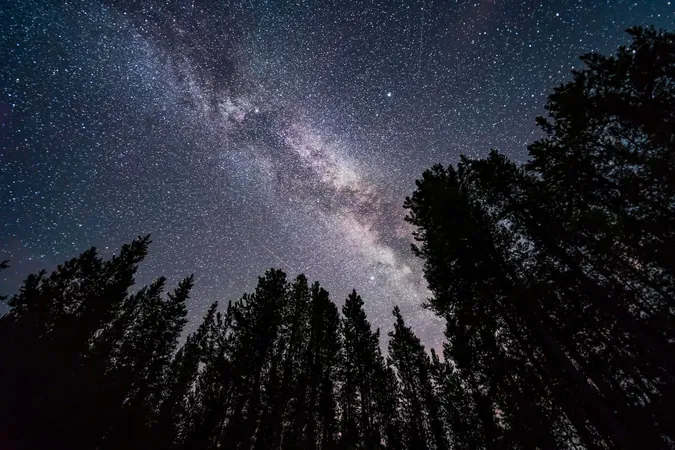
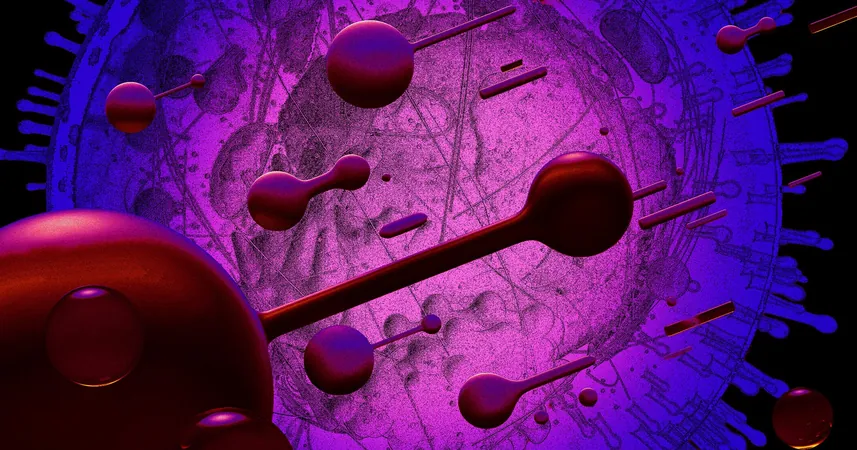





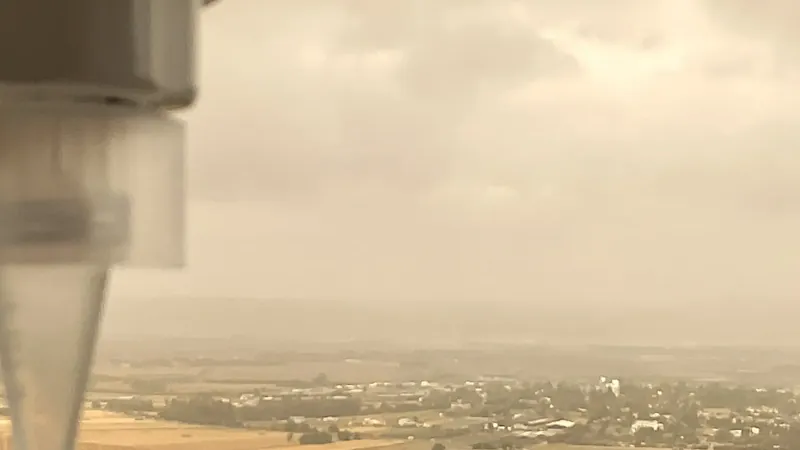
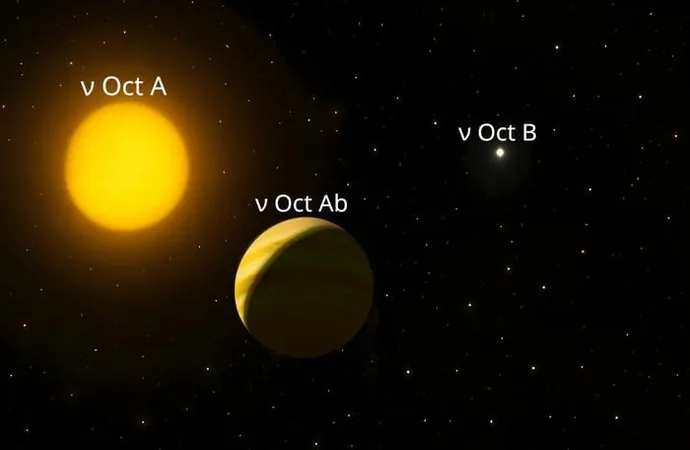
 Brasil (PT)
Brasil (PT)
 Canada (EN)
Canada (EN)
 Chile (ES)
Chile (ES)
 Česko (CS)
Česko (CS)
 대한민국 (KO)
대한민국 (KO)
 España (ES)
España (ES)
 France (FR)
France (FR)
 Hong Kong (EN)
Hong Kong (EN)
 Italia (IT)
Italia (IT)
 日本 (JA)
日本 (JA)
 Magyarország (HU)
Magyarország (HU)
 Norge (NO)
Norge (NO)
 Polska (PL)
Polska (PL)
 Schweiz (DE)
Schweiz (DE)
 Singapore (EN)
Singapore (EN)
 Sverige (SV)
Sverige (SV)
 Suomi (FI)
Suomi (FI)
 Türkiye (TR)
Türkiye (TR)
 الإمارات العربية المتحدة (AR)
الإمارات العربية المتحدة (AR)